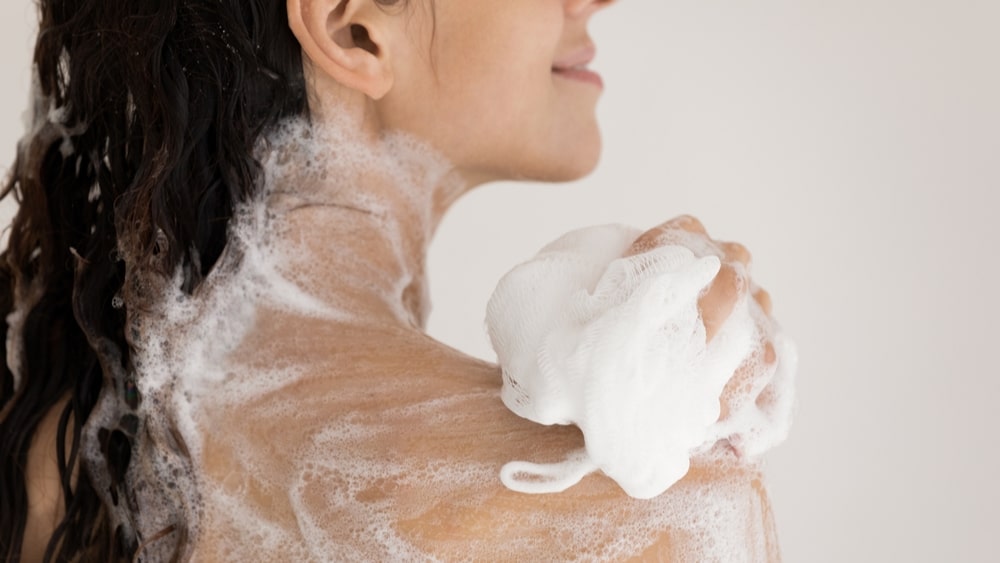From the commercial point of view, surfactants are often classified as per their use. The most accepted and scientifically sound classification of surfactants is based on their dissociation in water.
Table of Contents
Anionic Surfactants
Anionic Surfactants are the classification of surfactants of are dissociated in water in an amphiphilic anion, and a cation, which is, in general, an alkaline metal (Na+, K+) or quaternary ammonium. They are the most commonly used surfactants. They include alkyl benzene sulfonates (detergents), (fatty acid) soaps, lauryl sulfate (foaming agent), di-alkyl sulfosuccinate (wetting agent), lignosulfonates (dispersants), etc.
Non-ionic Surfactants
Nonionic Surfactants do not ionize in an aqueous solution, because their hydrophilic group is of a non-dissociable type, such as alcohol, phenol, ether, ester, or amide. A large proportion of these nonionic surfactants are made of the hydrophilic portion (by the presence of a polyethylene glycol chain) and lipophilic portion (alkyl or alkylbenzene).
Cationic Surfactants
Cationic Surfactants are dissociated in water into an amphiphilic cation and an anion, most often of the halogen type. A very large proportion of this class corresponds to nitrogen compounds such as fatty amine salts and quaternary ammoniums, with one or several long chains of the alkyl type, often coming from natural fatty acids. They are used as a bactericide and as positively charged substances, which can adsorb on negatively charged substrates to produce the antistatic and hydrophobic effect. When surfactant molecules exhibit both anionic and cationic dissociations it is called amphoteric or zwitterionic, for example, betaines or sulfobetaine and natural substances such as amino acids and phospholipids.
Polymeric Surfactants
Polymeric surfactants are often not accounted for as surfactants. Their importance is growing, however; because they enter in many formulated products as dispersants, emulsifiers, foam boosters, viscosity modifiers, etc. Some of the commonly used are polyEO-PolyPO block copolymers, ethoxylated or sulfonated resins, carboxymethyl cellulose and other polysaccharide derivatives, polyacrylates, xanthene, etc.
Make sure you also check our other amazing Article on : Wilhelmy Plate Method
